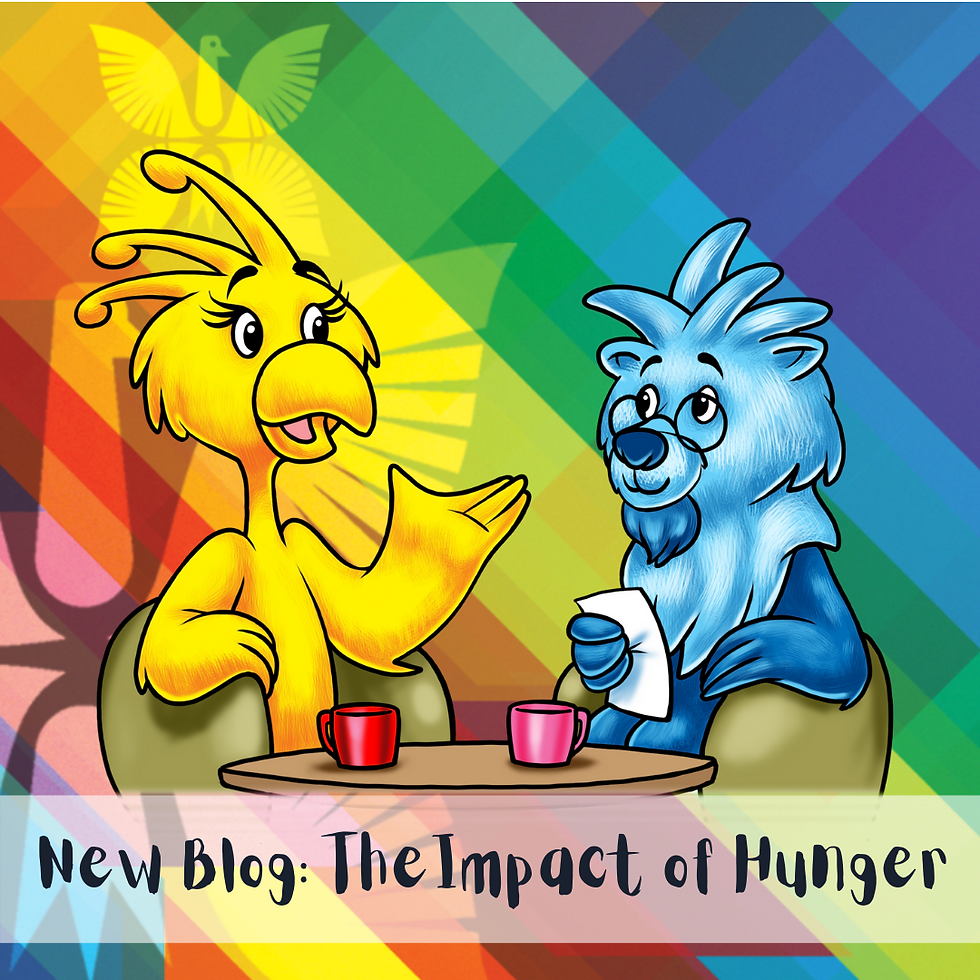Covid Catastrophe Theory
- Phoenix Education

- May 7, 2020
- 2 min read

Many sports psychologists refer to the catastrophe theory when they are looking to understand the performance of athletes who are experiencing high levels of cognitive anxiety,
The theory is based on the notion that there is a threshold at which there is a dramatic drop in performance - essentially meaning there is a very small difference between optimum performance and complete disaster when it comes to anxiety and arousal.
In essence, a bit of anxiety, excitement or fear can make you operate at your absolute best - and a tiny bit more will mean that you can do absolutely nothing at all. It’s a tipping point that many of us can relate to when we think of just ‘one more thing’ that sends us into total disaster.
So, what does this mean for us and our mental health during Covid19?
I think for parents, it is easy to pinpoint the ‘can you just’ that has sent us from having everything held together to feeling like the world is falling apart. Whether it’s a work request that was unexpected, your children’s refusal to eat their lunch or even one more maths question that you simply didn’t schedule into your day. It might be the twentieth time your child asks why they have to do their homework.
For children, the catastrophe theory can be applied to help us better understand and support tantrums, outbreaks or breakdowns. What has happened that may have essentially tipped them from coping, understanding and managing life in lockdown to feeling that everything is too challenging to manage and too difficult to cope with?
When it comes to our children, I think it’s important that we try to understand what might be the triggers that ‘tip’ them into a catastrophe mindset.
Might it be:
Not being able to get hold of a friend
Seeing something on the news that they don’t understand
Finding things on social media that worry or concern them
Being unable to understand a piece of schoolwork
Having to wait for food/attention/support
Experiencing a new emotion they are unable to respond to
The catastrophe theory gives us a framework for supporting the children it may impact. You can use the visual framework below to help identify the tipping point, clarify what the additional anxiety may have been and helping rationalise and process it to bring your children back to a point before the catastrophic drop and become more aware of the triggers that can contribute to challenging or disruptive behaviour during lockdown.

It’s important to remember that challenging or disruptive behaviour usually indicates a need that isn’t being met and particularly during lockdown and as part of the covid19 response can indicate challenges, confusion or fear that need to be supported rather than punished.
If you would like to find some more activities that support your children’s mental health during isolation, please feel free to download our isolation ideas workbook here.




Comments